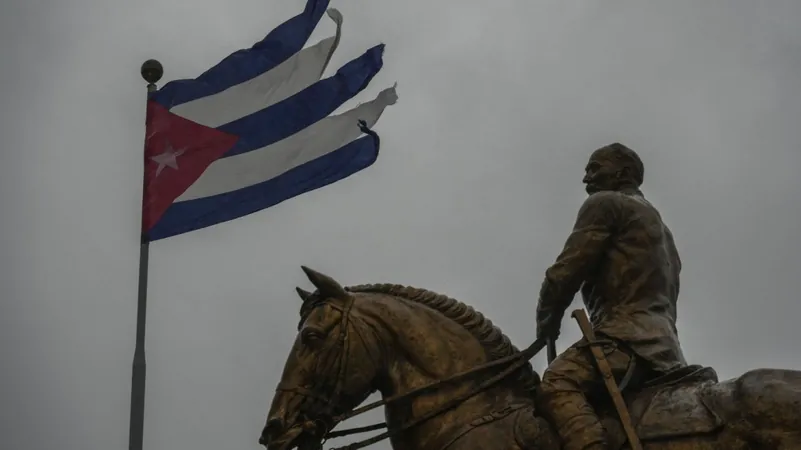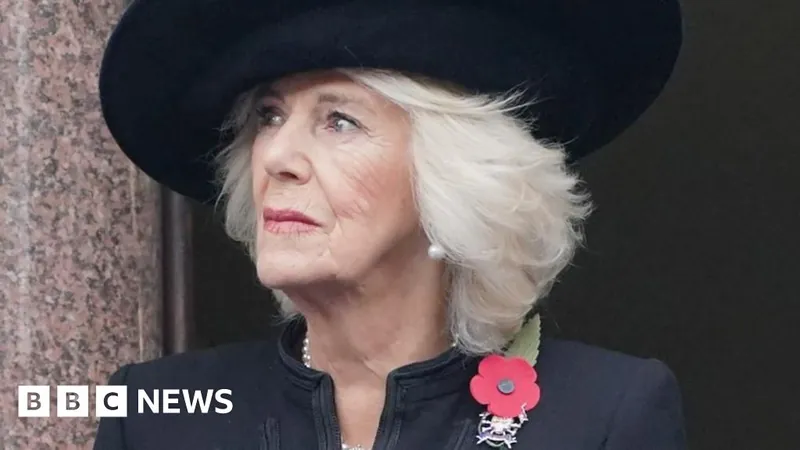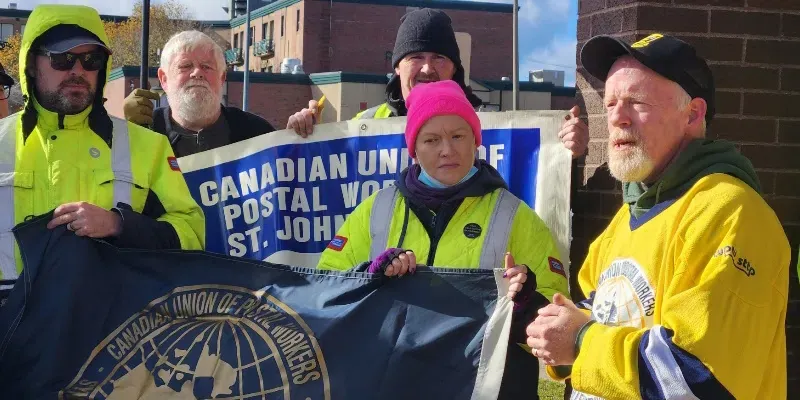
Cuba Faces Devastation After Category 3 Hurricane Rafael Strikes: The Aftermath Revealed!
2024-11-07
Author: Jacob
HAVANA –
Cuba is grappling with the aftermath of Hurricane Rafael, a fierce Category 3 storm that wreaked havoc across the island on Wednesday evening. With winds gusting up to 100 mph (160 km/h), the hurricane left the nation’s power grid in shambles and caused extensive damage to buildings and infrastructure. Miraculously, no fatalities have been reported as of now.
Just west of Havana, Hurricane Rafael made landfall approximately 75 kilometers (45 miles) from the capital. Residents like José Ignacio Dimas returned home to shocking scenes of destruction; his apartment building in Havana’s historic district had collapsed. “The entire front wall of the building fell,” he recalled, surveying the ruins of a structure that had been in dire need of maintenance.
As the storm wreaked havoc, about 50,000 people took shelter in Havana alone, with thousands more seeking refuge in areas prone to flooding and vulnerable housing structures nearby. Key transportation routes were rendered impassable, with many utility poles strewn across the main road linking Havana to Batabanó, a coastal city to the south.
Lázaro Guerra, the electricity director for the Ministry of Energy and Mines, indicated that power restoration efforts were underway in western Cuba, though he warned that progress would be slow due to safety concerns. The lingering effects of the hurricane meant that many families would be without power for an extended period.
As Hurricane Rafael moved from Cuba into the Gulf of Mexico, it diminished to a Category 2 storm but continued to pose a threat with strong winds and heavy rain. By late Thursday morning, its location was about 200 miles (320 kilometers) west-northwest of Havana. The National Hurricane Center in Miami reported that Rafael had max sustained winds of 100 mph and was tracking on a west-northwest path at nine mph.
Earlier in the week, Rafael had already troubled the region by brushing past Jamaica and battering the Cayman Islands, where heavy flooding occurred. In Jamaica, police were searching for a couple last seen in a vehicle that was swept away by floodwaters, highlighting the storm's deadly impact.
Despite the storm’s movement away from Cuba, widespread destruction left many residents stressed over recovery during a period of already high tensions. The resilience of Cubans is evident, yet the recent natural disasters have compounded existing economic struggles on the island, further fueling discontent and prompting some citizens to consider migration.
The calamity has resulted in widespread disruption: classes and public transport have been suspended, and flights were canceled in and out of key airports like Havana and Varadero. Authorities had preemptively evacuated thousands from at-risk areas along the southern coast.
Rafael marks the 17th named storm of the Atlantic hurricane season, which has been characterized by above-average activity. Experts from the National Oceanic and Atmospheric Administration have forecasted that the 2024 hurricane season could unleash between 17 and 25 named storms, with the potential for up to 13 hurricanes and four major hurricanes—a staggering prediction that has residents on edge.
Cuba's struggle through such storms shines a light on the urgent need for improved infrastructure and disaster preparedness as the Caribbean faces ongoing climate-related challenges. As the island begins the difficult task of recovery, many are already rallying to offer aid to those affected, demonstrating the strength and unity of the Cuban people in times of distress.









 Brasil (PT)
Brasil (PT)
 Canada (EN)
Canada (EN)
 Chile (ES)
Chile (ES)
 España (ES)
España (ES)
 France (FR)
France (FR)
 Hong Kong (EN)
Hong Kong (EN)
 Italia (IT)
Italia (IT)
 日本 (JA)
日本 (JA)
 Magyarország (HU)
Magyarország (HU)
 Norge (NO)
Norge (NO)
 Polska (PL)
Polska (PL)
 Schweiz (DE)
Schweiz (DE)
 Singapore (EN)
Singapore (EN)
 Sverige (SV)
Sverige (SV)
 Suomi (FI)
Suomi (FI)
 Türkiye (TR)
Türkiye (TR)